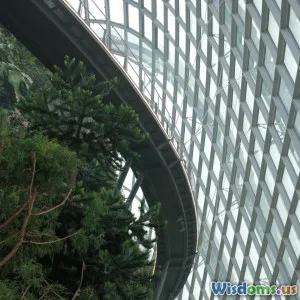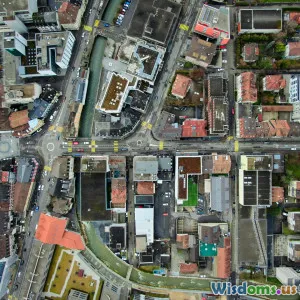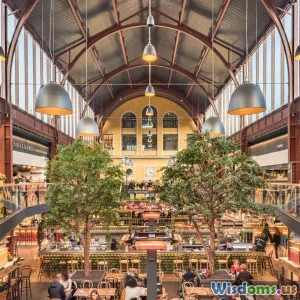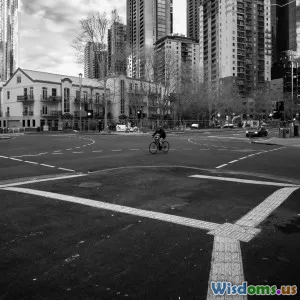
Why Public Plazas Matter in Urban Life
14 min read Explore the importance of public plazas and their transformative role in urban life, fostering community, culture, and sustainable development. (0 Reviews)
Why Public Plazas Matter in Urban Life
When you step into a lively plaza in the heart of a city, you sense a unique energy—a blend of human connection, cultural expression, and daily life unfolding in real time. Public plazas are far more than open spaces between buildings: they are vital urban stages that shape the character and heartbeat of our cities. As urbanization accelerates across the globe, it’s crucial to recognize the multifaceted roles that plazas play in fostering vibrant, livable, and resilient urban environments.
Plazas as Civic Anchors

Across centuries and continents, public plazas have served as central gathering points for communities. From the bustling Plaza Mayor in Madrid to New York's thriving Union Square, plazas are where citizens come to celebrate, protest, commemorate, and simply connect. This function as civic anchors underscores their importance in building democratic societies:
-
Celebration & Protest: Major public events, from national holidays to peaceful demonstrations, find their natural stage in plazas—places inherently open and accessible to all. In 2011, Egypt’s Tahrir Square became famous worldwide as the backdrop to the Arab Spring, symbolizing freedom and collective action.
-
Shared Identity: Plazas often reflect the shared history and aspirations of their communities. For example, Zócalo in Mexico City, sitting atop ancient Aztec ruins, is the backdrop for festivals, concerts, and political discourse, tying present-day Mexicans to their ancestors.
Concrete takeaway: When designing or revitalizing urban spaces, prioritize accessible, central plazas to cultivate a sense of civic engagement and belonging.
Spaces for Social Connection and Serendipity
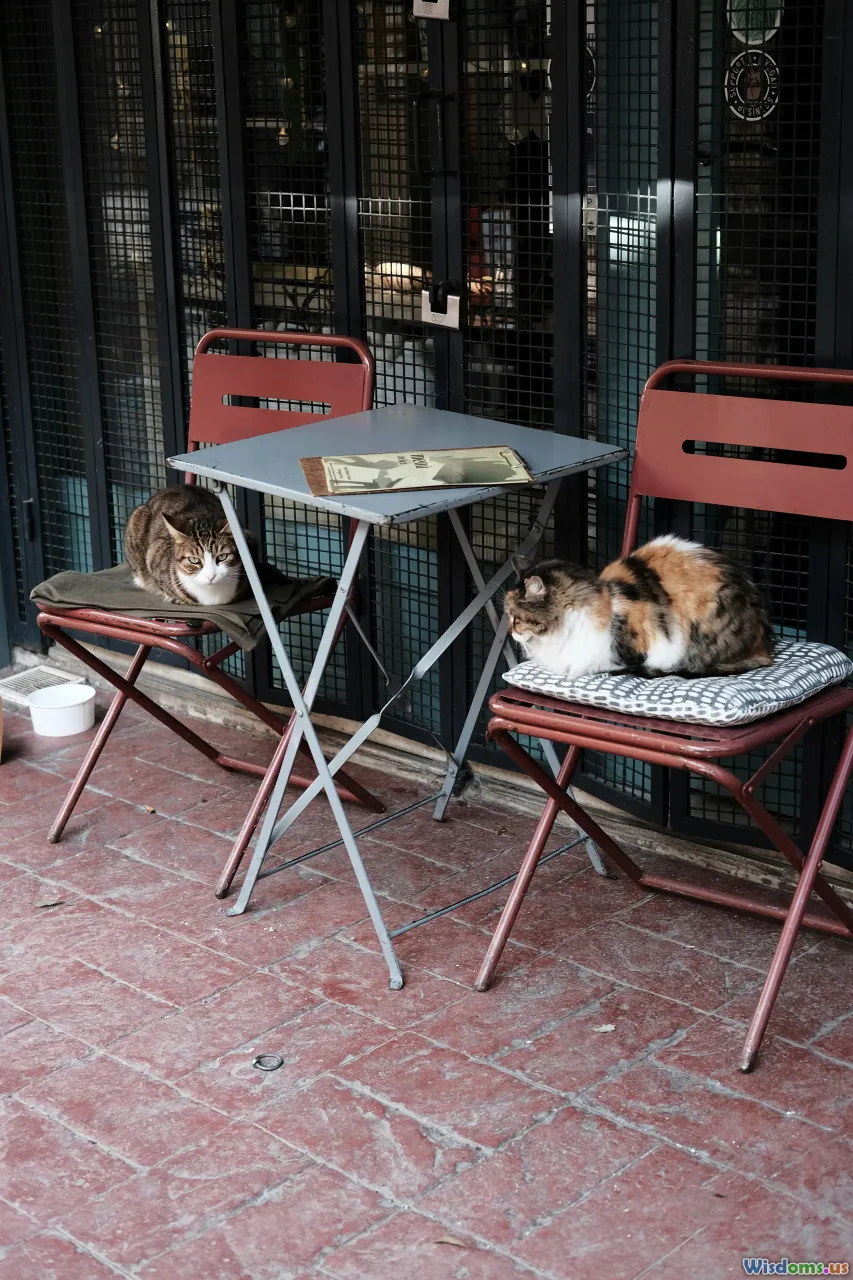
Plazas are magnets for spontaneous meetings and casual exchanges. They break the monotony of routine city life by providing spaces where strangers can cross paths, friendships can form, and recreation is accessible without barriers.
-
Everyday Encounters: Research by urbanist William H. Whyte reveals that plazas draw the highest volume of activity where there are features like movable seating, food kiosks, water features, or shaded benches—elements that invite people to linger and mingle.
-
Intergenerational Mixing: Plazas appeal to people of all ages, from toddlers learning to walk to seniors sharing stories. The historic Piazza Navona in Rome, for example, remains equally alive with children, local artists, tourists, and retirees, day and night.
-
Spontaneity: Beyond programmed events, it is the everyday, unplanned exchanges that give plazas their pulse—a lunch hour chat, impromptu street concert, or an open-air chess game.
Tip: Cities seeking to boost social cohesion should integrate flexible, welcoming plazas into every neighborhood, ensuring that each resident has a communal living room within reach.
Economic Engines and Local Vitality

Far from being inert voids, successful plazas have a tangible (and often underestimated) economic impact on their surroundings.
-
Marketplaces and Small Businesses: Historical and modern plazas alike serve as retail hubs, supporting local artisans, street vendors, cafes, and seasonal markets. The Plaza de los Coches in Cartagena, Colombia, is a vibrant example, where street vendors and traditional candy-makers sustain local livelihoods and attract tourists.
-
Property Values: Numerous studies, such as those conducted by Project for Public Spaces (PPS), indicate that real estate values and retail sales typically rise around thriving public plazas, making them appealing investments for cities and developers alike.
-
Entertainment Districts: Outdoor concerts, pop-up art fairs, and food truck gatherings in plazas drive foot traffic to nearby businesses, creating mutually reinforcing cycles of economic activity.
Actionable Advice: Local governments and business associations should partner to host markets, pop-up shops, and cultural festivals in plazas, incubating entrepreneurship and drawing new visitors to the area.
Plazas as Stages for Culture and Diversity
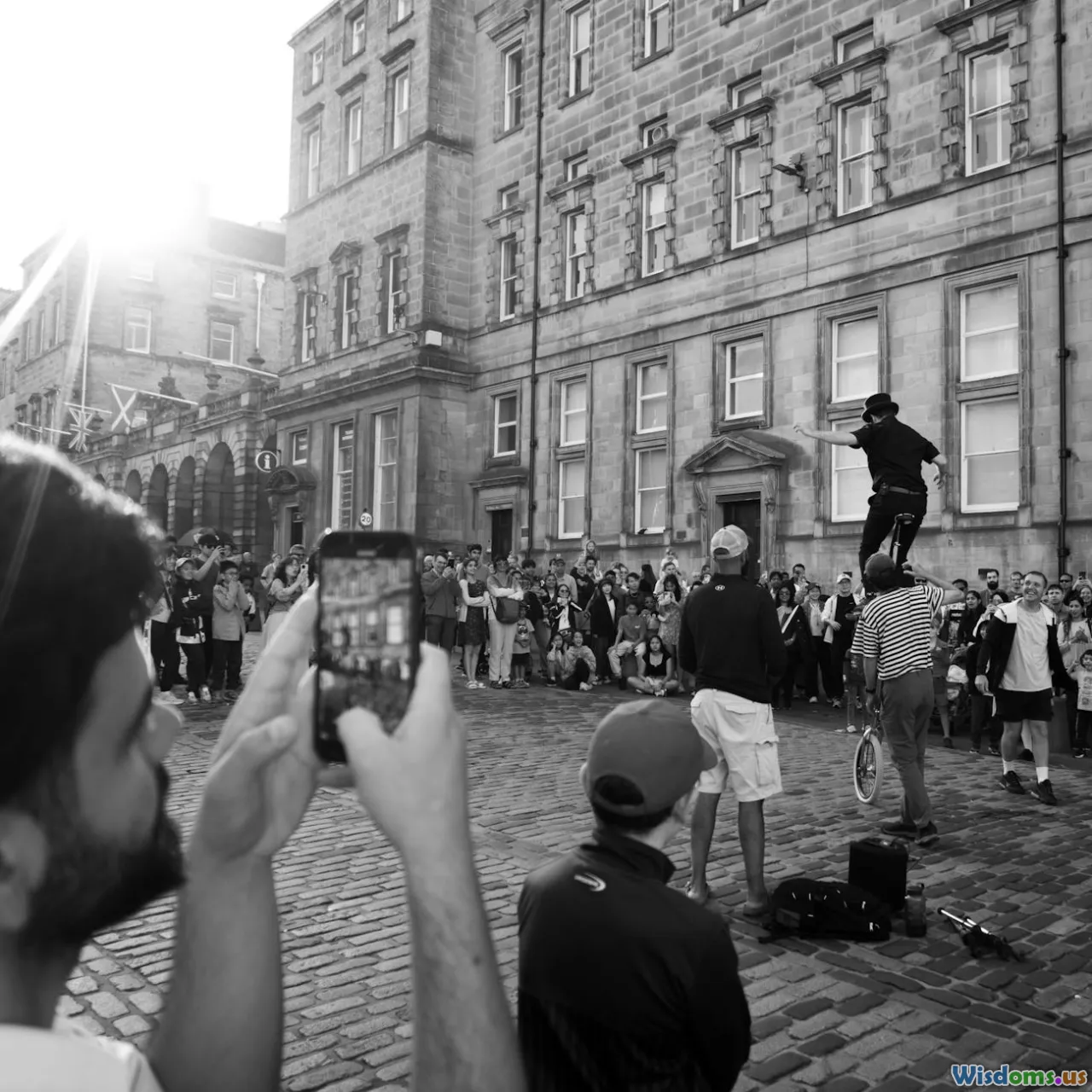
Cultural expression flourishes in these public spaces, making plazas dynamic showcases for local traditions, artistry, and diversity.
-
Festivals and Performances: Whether it’s the music and dance festivals on Lisbon’s Praça do Comércio or film screenings in Bryant Park, New York, plazas democratize access to culture by making it public and free.
-
Public Art and Heritage: Sculptures, murals, and historical plaques displayed in plazas become local landmarks. Consider Chicago’s Millennium Park—the site of "Cloud Gate" (the Bean)—which draws millions to contemplate art in a welcoming, shared space.
-
A Canvas for Diversity: Plazas can also serve as intentional platforms for multicultural events, such as Lunar New Year parades or Indigenous crafts markets, actively promoting inclusion and intercultural dialogue.
How-to: Collaborate with artists, performers, and community organizations to schedule regular cultural programming in public plazas, ensuring representation of the city’s rich diversity.
Plazas Support Physical and Mental Wellbeing

Urban plazas are not just for social or civic purposes; they are essential for personal health and resilience—particularly as cities grapple with the challenges of density, noise, and pollution.
-
Stress Relief: Whether you need to clear your mind during a hectic workday or simply watch passersby, the openness and greenery of a plaza can dramatically lower stress levels. Healing gardens integrated into plazas—such as the award-winning Paley Park in New York—offer water features, shade, and quiet amid the bustle.
-
Active Lifestyles: Plazas, with their wide open spaces, become informal gyms and play fields for yoga sessions, tai chi, running, skipping, or simply walking. Bogotá’s Plaza de Bolívar, for instance, doubles as an arena for weekly dance and fitness events.
-
Accessibility: Thoughtful design (gentle ramps, shaded seating, water fountains) ensures that plazas are truly public, welcoming all users regardless of age or ability.
Practical Tip: Include diverse, accessible seating options, water elements, and greenery in plaza plans to maximize both comfort and health benefits for different populations.
Promoting Resilience and Sustainability
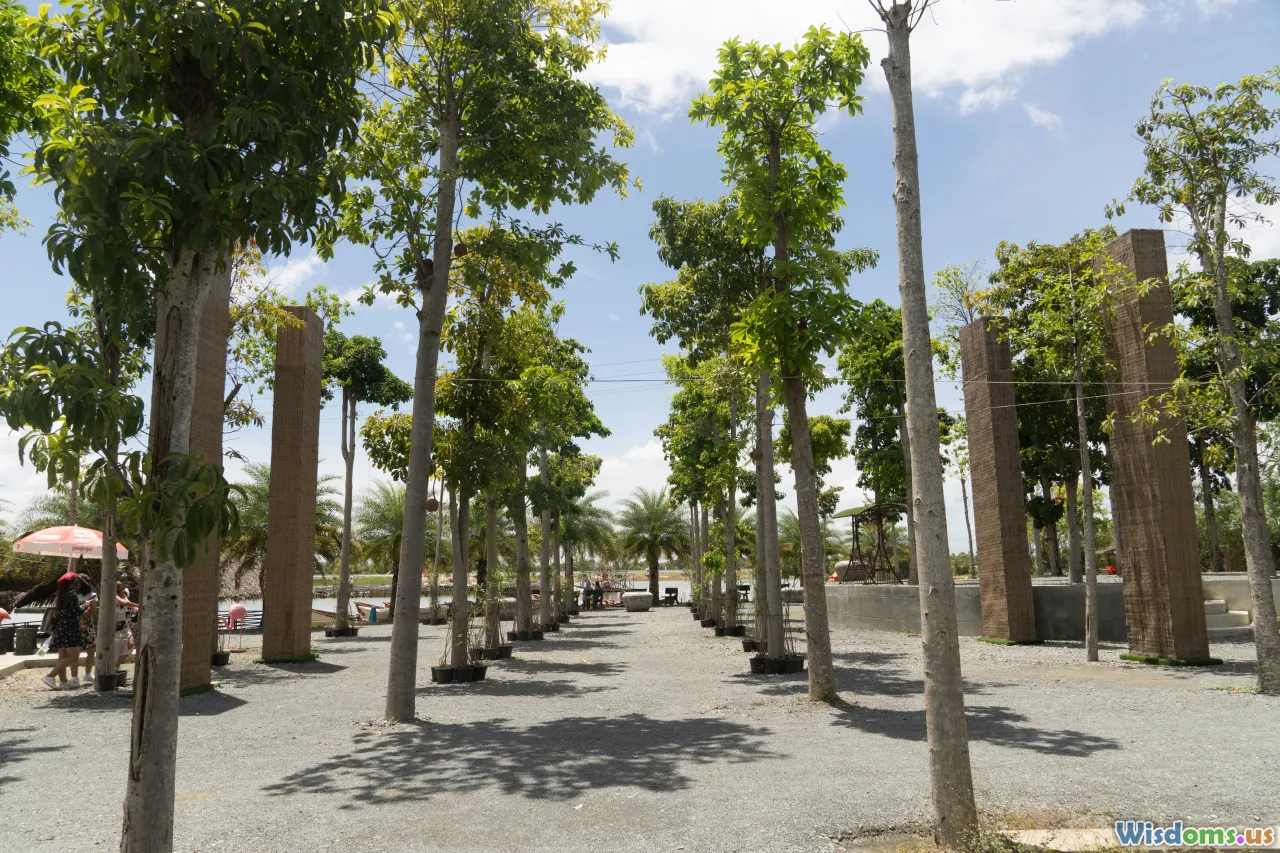
The most successful plazas don't just delight city-dwellers—they help our cities weather environmental and social challenges.
-
Heat and Flood Mitigation: Plazas with permeable surfaces (such as cobblestones or grass), shade trees, and rain gardens can absorb stormwater and provide much-needed cooling, countering urban heat islands. The award-winning Parque Biblioteca España in Medellín, Colombia, illustrates how environmental design can make plazas resilient to heavy rains.
-
Emergency Assembly Points: Plazas are crucial in disaster scenarios, acting as gathering and distribution points for aid—seen in the aftermath of earthquakes in Mexico City and Kathmandu.
-
Encouraging Sustainable Modes: By prioritizing pedestrian access, cycling paths, and public transit connections, plazas reduce dependence on cars and lower citywide emissions.
Analysis: Stakeholders should view plazas not just as beautification projects but as integral parts of urban sustainability strategies—a shift that is especially urgent amid climate change.
Challenges and Principles for Great Plazas

While the merits of plazas are clear, creating and maintaining them isn’t without obstacles. Unused or badly designed plazas ("plazas de cemento," or "concrete deserts") stand as cautionary tales in cities globally.
-
Common Pitfalls: Over-scaling, lack of shade or seating, poor context (surrounded by traffic, cut off from pedestrians), and absence of programming can turn a plaza into an unloved void. The windswept, isolated Boston City Hall Plaza is often cited as a case where size overwhelmed intimacy and daily life.
-
Community Involvement: The best plazas emerge from a participatory design process. Madrid’s Plaza de Olavide, refurbished in the early 2000s based on neighborhood feedback, replaced dead asphalt with play equipment, shade canopies, and flower beds—resulting in a dramatic upswing in use.
-
Diversity of Use: Successful plazas support a spectrum of activity: commercial, social, cultural, and contemplative. This ensures vibrancy at all hours and throughout seasons.
Comparison: Compare Houston’s Discovery Green—a lively, event-packed, corporate-and-family-friendly plaza—to Los Angeles’s Pershing Square, which historically struggled with isolation and limited programming. Active, inclusive design makes all the difference.
Actionable Advice: Start with thorough community consultation, prototype with temporary interventions (like tactical urbanism or pop-up events), and require regular feedback to inform plaza longevity and relevance.
The Way Forward: Investing in Lively, Welcoming Plazas
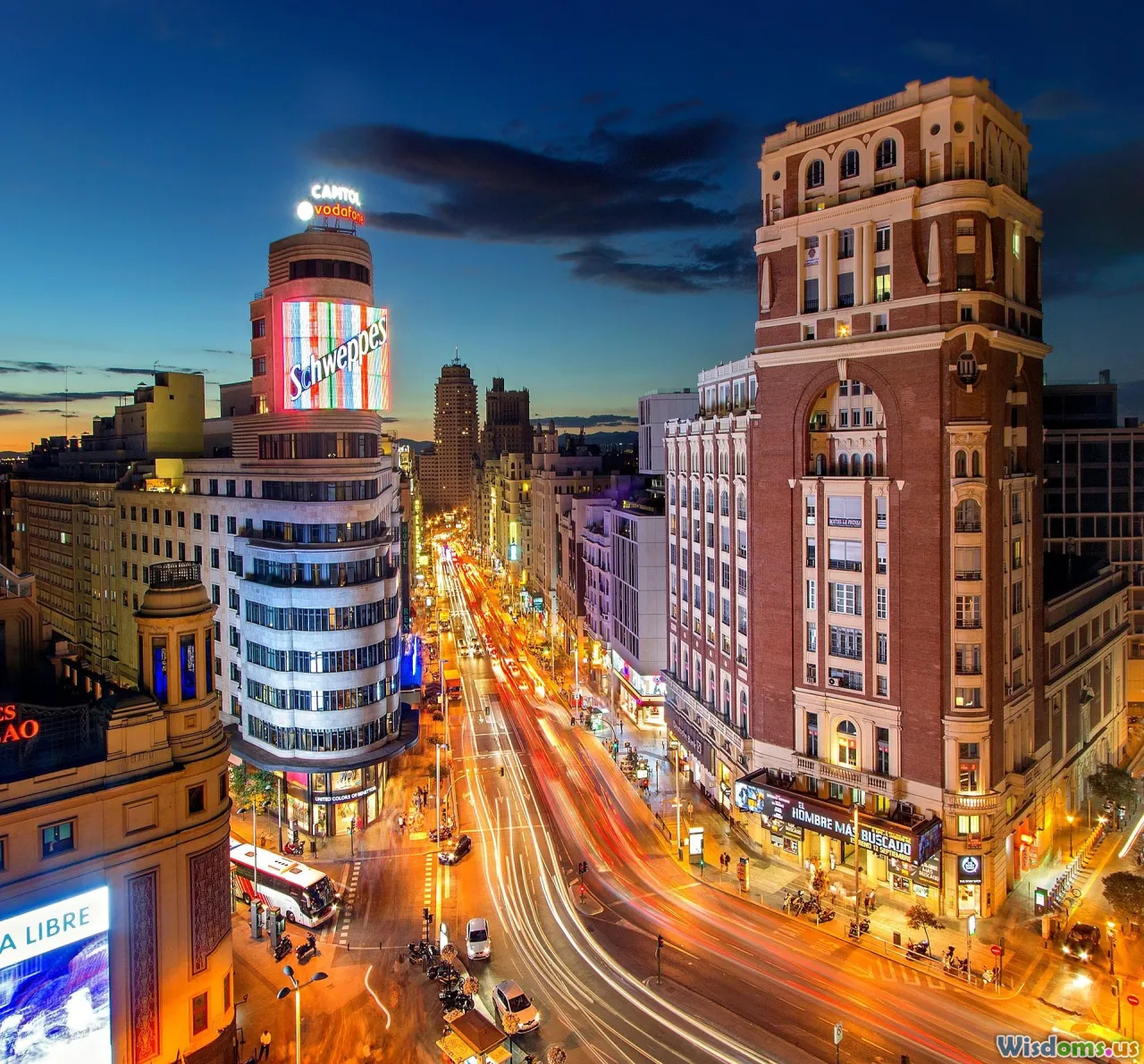
Future-friendly cities recognize that public plazas are indispensable components of urban progress. As density increases and digital life encroaches, we will need more, not fewer, neutral, safe spaces to gather, celebrate, and simply be.
-
Global Models: From Seoul’s transformation of the Cheonggyecheon Expressway into a riverfront plaza to Melbourne's ever-popular Federation Square, international examples reveal that investments in public plazas yield staggering returns for public health, happiness, and cohesion.
-
Policy Implications: City planners should integrate funding and maintenance for plazas into core infrastructure plans rather than optional extras. Innovative policies—such as mandating a percentage of public-private developments be dedicated to open civic space—safeguard sufficient plazas as cities grow.
-
Community Stewardship: Encouraging local stewardship through "Friends of the Plaza" groups, neighborhood patrols, or shared programming deepens the sense of ownership and care for these places.
Next time you find yourself in the midst of a vibrant plaza, take a closer look: far from mere empty space, it is a vital engine of connection, wellness, and resilience—the living room of the metropolis. Investing in well-designed, inclusive public plazas is not just an aesthetic choice, but an essential ingredient for happier and healthier urban futures.
Rate the Post
User Reviews
Other posts in Urban Planning
Popular Posts











